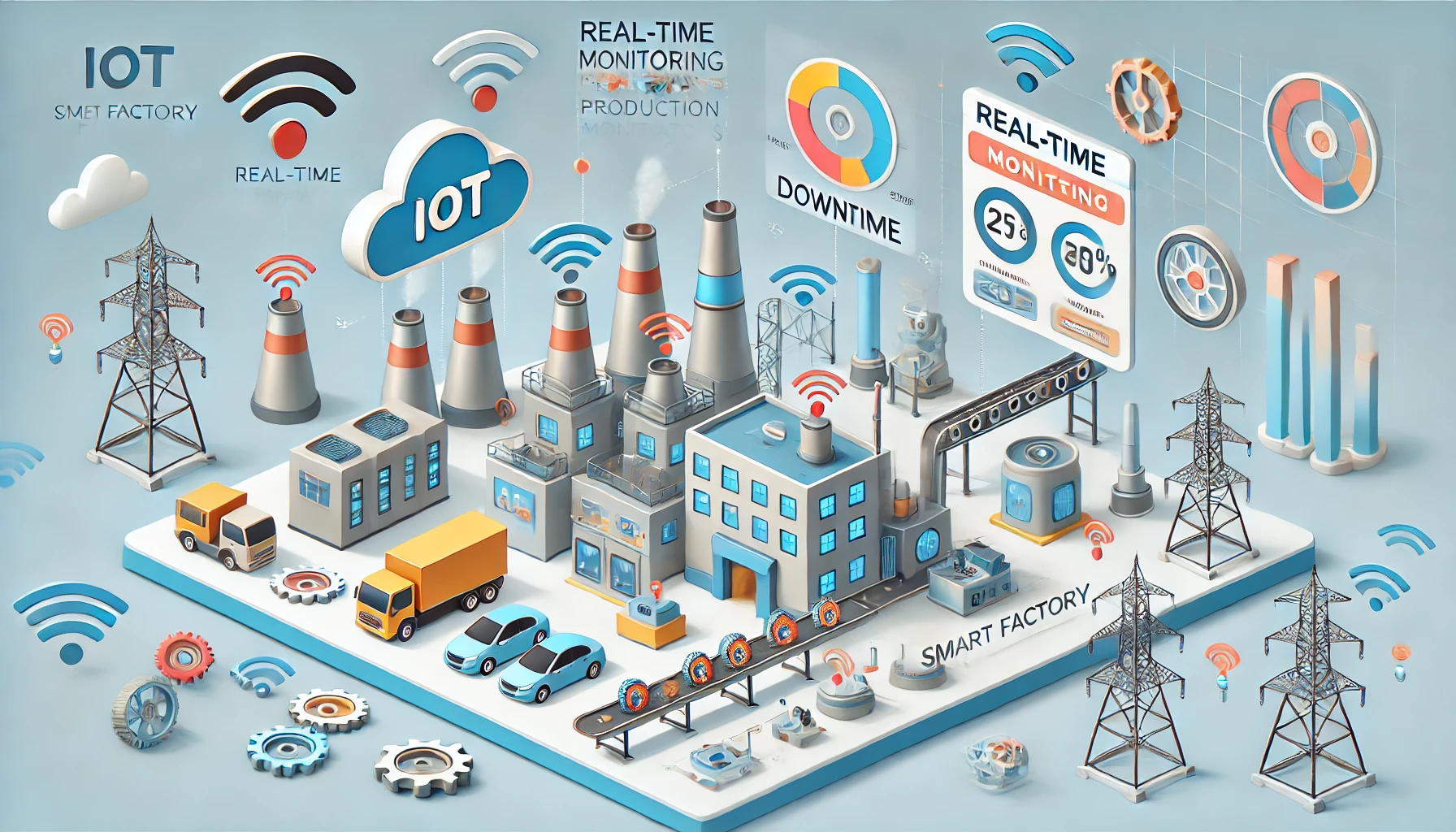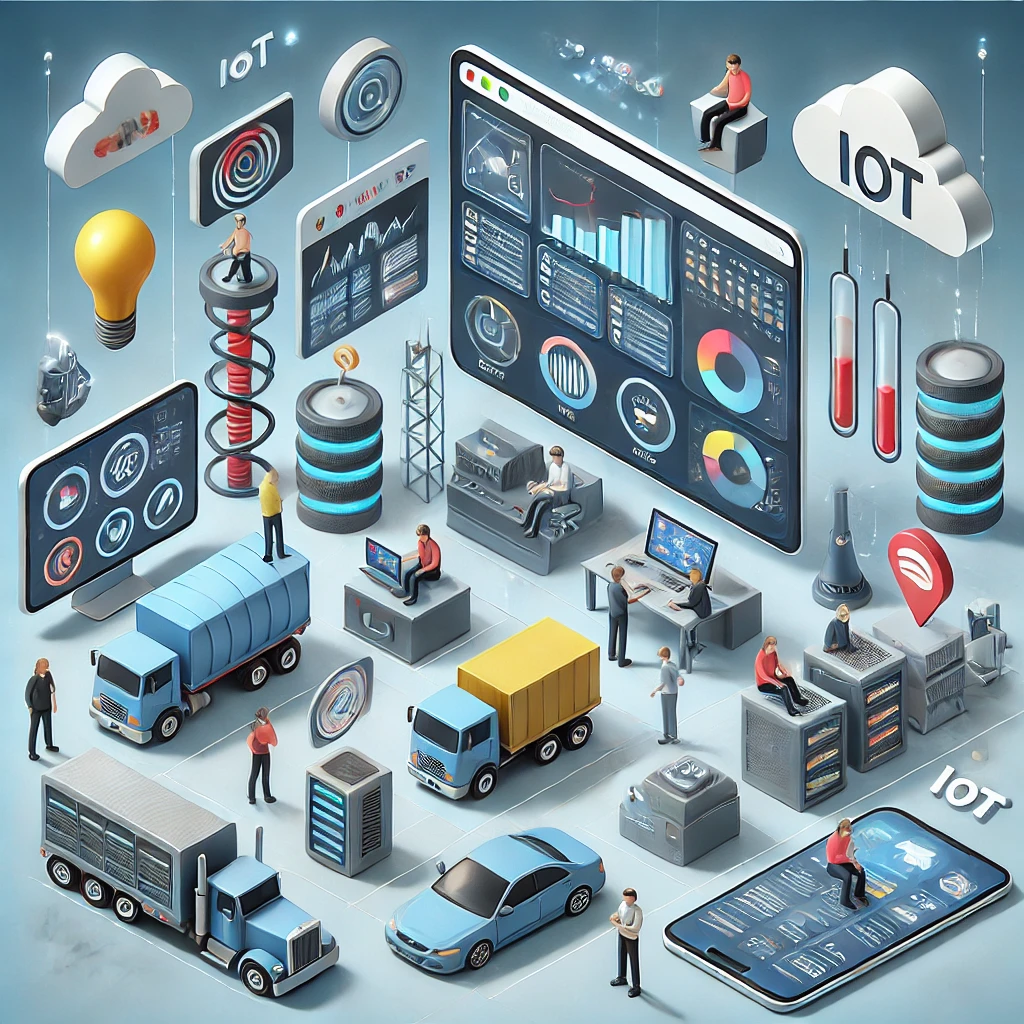
IoT and Real-Time Monitoring Tools
IoT platforms automatically collect and receive critical information from connected devices, allowing for real-time monitoring and analysis. This includes data on activities performed by sensors, gateways, and applications, as well as system health and status. For example, each time a device sends data to the cloud, the platform logs device ID, type of hardware and software being used (such as firmware version), and connectivity metrics. Additionally, the system tracks the source of data, the region where the devices operate, and specific actions taken (if applicable).
When you first deploy an IoT solution and when devices are connected to the platform, various Real-Time Data Points are captured, such as:
-
The geographic area where your IoT devices operate should match the intended network coverage to ensure optimal data transmission.
-
Each device must be registered with a unique identifier, and additional data such as deployment date, software versions, and sensor calibration information should be logged.
-
Every IoT sensor is assigned a unique ID, allowing real-time tracking of sensor data and alerts for anomalies or performance issues.
-
Regular system backups and cloud data replication are essential to ensure no data loss and high availability in IoT environments.
-
IP addresses and timestamps are logged for every data transmission, ensuring traceability and helping to monitor device health and network activity.
-
Other key information includes environmental conditions, system configurations, and manual inputs made by operators during monitoring or maintenance.
Enhancing Real-Time Monitoring
Real-time monitoring technology collects and processes data from IoT devices, sensors, and systems, allowing users to track performance and make timely decisions from anywhere, including through mobile applications.
For example, every time a connected device reports data, such as sensor readings, temperature changes, or machine status, this information is sent instantly to the monitoring platform. Users can access this data in real-time via mobile devices, enabling quick responses to alerts and issues.
Mobile applications provide an efficient way to visualize real-time data, view system analytics, and even control devices remotely. This ensures businesses can react quickly to operational changes, optimize processes, and prevent downtime.
